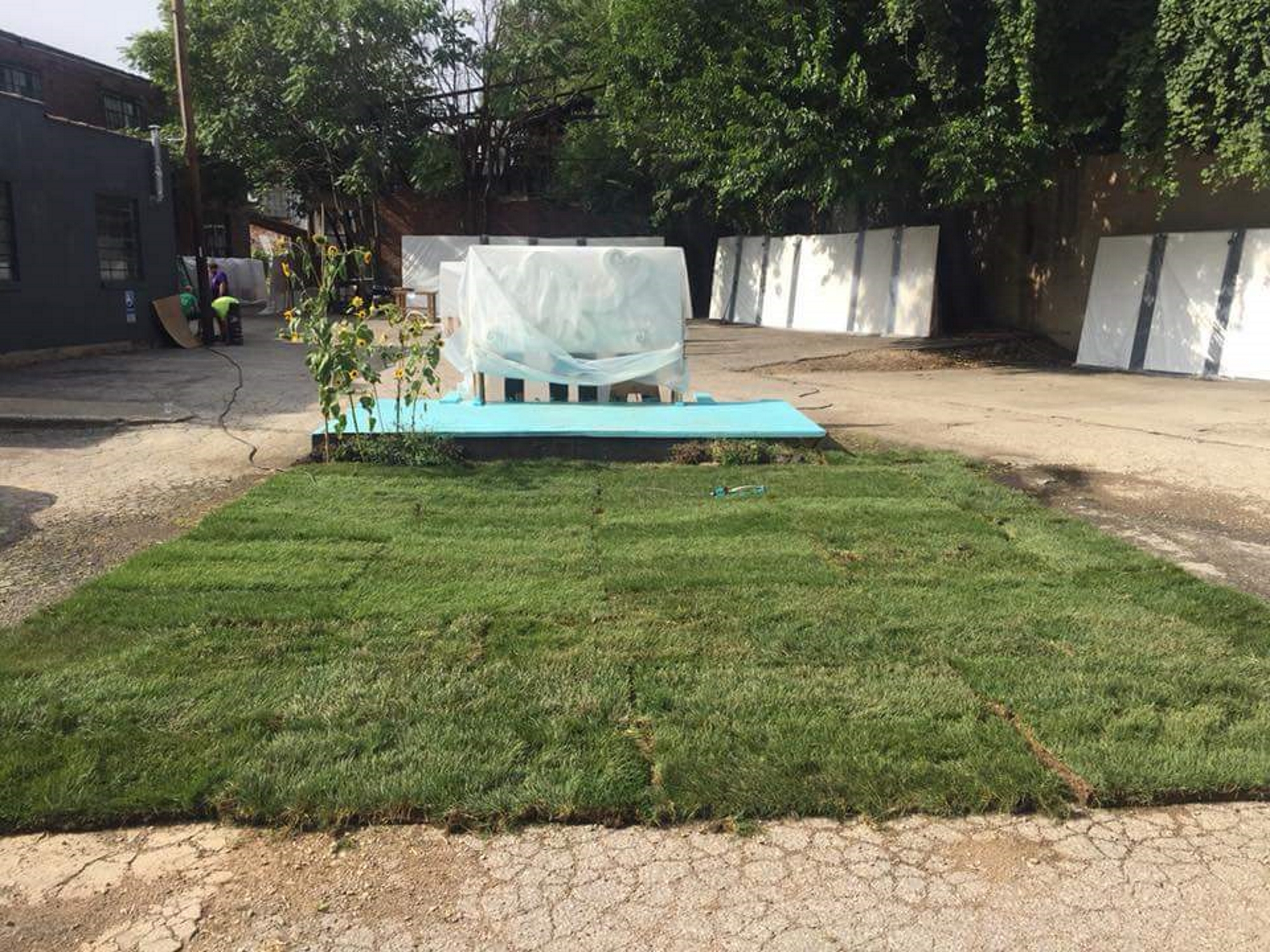

Others associate it with decentralization (spread of population without a well-defined centre), discontinuity ( leapfrogging development, as defined below), segregation of uses, and so forth.

For example, some commentators measure sprawl by residential density, using the average number of residential units per acre in a given area.
URBAN SCRAWL 2019 HOW TO
There is widespread disagreement about what constitutes sprawl and how to quantify it. In Continental Europe, the term peri-urbanisation is often used to denote similar dynamics and phenomena, but the term urban sprawl is currently being used by the European Environment Agency. The cost of building urban infrastructure for new developments is hardly ever recouped through property taxes, amounting to a subsidy for the developers and new residents at the expense of existing property taxpayers. Modern disadvantages and costs include increased travel time, transport costs, pollution, and destruction of the countryside. Medieval suburbs suffered from loss of protection of city walls, before the advent of industrial warfare. In addition to describing a special form of urbanization, the term also relates to the social and environmental consequences associated with this development. Urban sprawl (also known as suburban sprawl or urban encroachment ) is defined as "the spreading of urban developments (such as houses and shopping centers) on undeveloped land near a city." Urban sprawl has been described as the unrestricted growth in many urban areas of housing, commercial development, and roads over large expanses of land, with little concern for urban planning. Expansion of auto-oriented, low-density development in suburbs


 0 kommentar(er)
0 kommentar(er)
